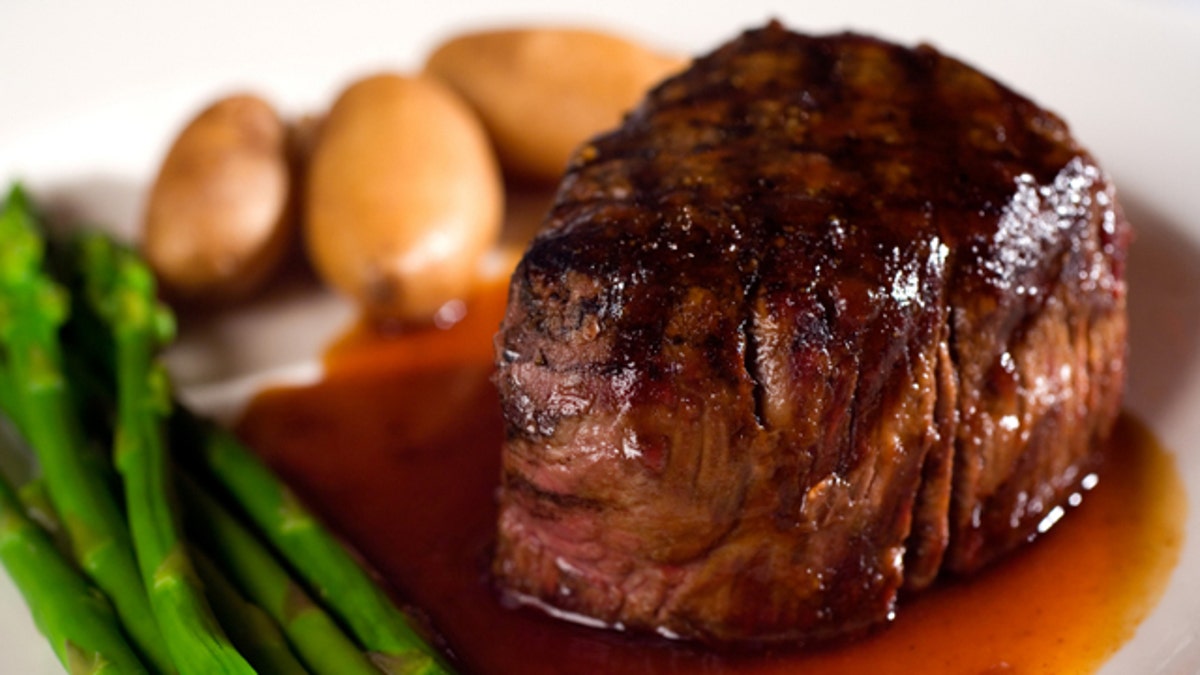
Modern hunter-gatherers can now order delivery and still follow the paleolithic diet, or the “paleo” diet for short. This diet imitates the daily meals of our ancestors and purports that diseases like type-2 diabetes, heart disease and hypertension are in large part due to the diet of modern civilization.
The Paleolithic Era dates back more than 2 million years, before the age of wide-scale farming and domesticated animals. People following the paleo diet try their best to adapt today’s foods to yesterday’s nutritional intake, opting for high fat meats and vegetables over grains and legumes. If you are interested in this prehistoric food pyramid, here is a guide to the paleo diet:
What to eat
Hunter-gatherers did not write cookbooks, so the conditions of a paleo diet can vary greatly, depending on different speculations about prehistoric diets. Broad guidelines encourage eating red meat, fish, poultry and eggs for protein. A variety of fruits and vegetables contribute fiber and important nutrients to the diet. Oils such as canola oil, mayonnaise and olive oil are welcome additions to the meal. Hunter-gatherers were limited to the food within proximity and non-domesticated animals, so followers of the diet should try to eat locally grown produce and free-range meat.
What to avoid
One of the largest game changers for today’s diets was the industrial revolution. Mechanized food preparation has led to a nationwide prevalence of fast food, high salt content and sugary snacks. Paleo diets advocate cutting out processed food completely, as well as limiting salt and sugar intake. Daily menus also typically exclude dairy products, legumes, cereals, grains and potatoes — all products of developed agriculture.
Potential health benefits
Advocates of the paleo diet argue that humans have been genetically programmed to process particular kinds of food for millions of years. According to this theory, following the paleo diet will align your meals with your genetic requirements. Food that has been made widely available by most modern methods, including refined sugars and processed food, contribute to modern diseases like cancer. One study by the University of California suggests that the paleo diet may combat health complications related to diabetes, including high blood pressure and cholesterol. While limited data is available on the actual health benefits of the paleo diet, cutting down on nutrient poor, highly processed foods can help any diet. Hunter-gatherers exercised daily by necessity, which means following a prehistoric lifestyle can encourage healthy amounts of exercise.
Possible drawbacks
The paleo diet contains elements that are contrary to the Food and Drug Administration’s (FDA) daily nutritional recommendations. The FDA’s food pyramid has traditionally stressed the importance of whole grains as a primary food source, while the paleo diet generally recommends limiting grains. A diet that is low on grains can also lower the amount of fiber in your system, leaving you susceptible to gastrointestinal problems such as constipation. Cutting down on dairy can lower calcium levels, but dieters may be able to compensate with calcium-rich green vegetables. Eating too much fatty meat can also contribute to high cholesterol and weight gain, especially if you do not exercise regularly in conjunction with the paleo diet.
